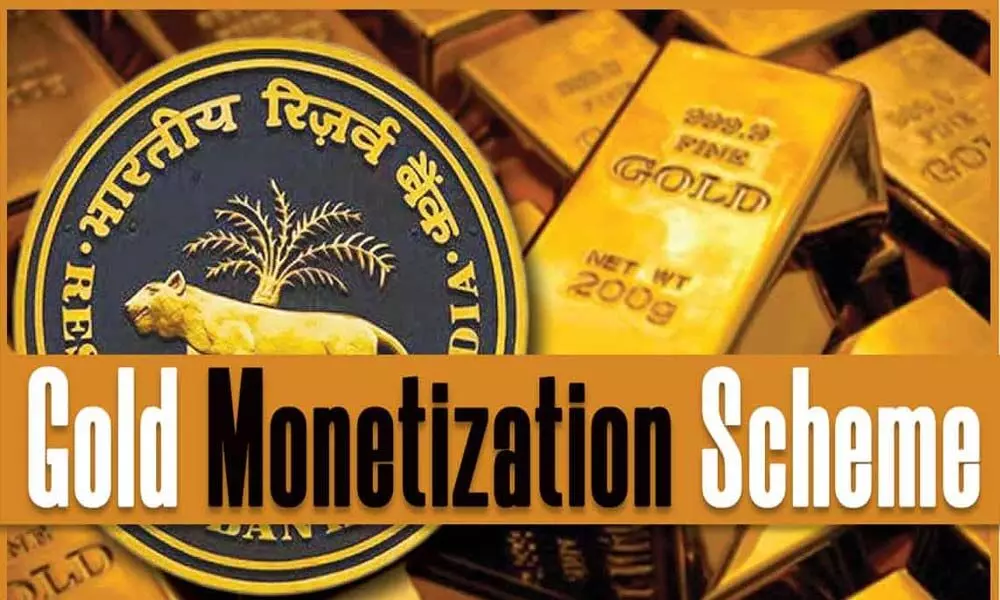How gold monetisation scheme could be a game changer for Indian economy
Can the Gold Monetisation Scheme (GMS) be a game changer for the Indian economy - albeit with some tweaking here and there and if planned and implemented properly? A recent book claims with facts and figures and justifications that it can certainly be.
image for illustrative purpose

Can the Gold Monetisation Scheme (GMS) be a game changer for the Indian economy - albeit with some tweaking here and there and if planned and implemented properly? A recent book claims with facts and figures and justifications that it can certainly be. At a time when almost all sectors and stakeholders of the Indian economy have gone through truly challenging times for the last two years or so, a recent book, unlike others that only talk about the degree and gravity of the problems, has come up with some out-of-the-box solutions for the crisis-ridden economy. And one such solution is effective execution of the GMS with some amendments and modifications.
Mind you that the GMS had originally rolled out in 2015 and did not succeed in its original form. The revised and revamped GMS was launched in 2019, soon after which the pandemic broke out and then came the prolonged lockdown. The book - Turn Around India 2020, authored by R P Gupta, assumes significance in the wake of the fact that Reserve bank of India (RBI) is currently estimated to be holding nearly 660 tonne of gold in its forex kitty.
But Indian public and religious trusts hold more than 25000 tonne of gold, which is highest in the world. Out of which the idle gold in shape of bars, coins and un-usable jewellery might exceed 10,000 tonne. The book claims that such idle gold, if gainfully leveraged by India for meeting its investment needs and pushing India on the high growth track, while fully protecting the interest of depositors, there is no reason why GMS cannot be a game changer.
There is no denying the fact that India needs cheaper funds for investing in to infrastructure and other capital assets. While adding deposited gold in to forex kitty, the Rupee shall appreciate and the sovereign rating shall also improve. That will attract cheaper global funds. Another objective should be reducing gold import by selling and lending a part of the deposited gold to jewellers. The sale proceeds will also provide cheaper funds to government. Eventually, this will reduce trade deficit and directly add to GDP.
How about accepting the deposit of gold as a part of forex kitty and issuing the 'Gold Deposit Certificate' (GDC) on behalf of RBI by the banks? Mind you that GDC from RBI shall provide high security and comfort to gold depositors. The predictable and friendlier tax, as suggested in the book, is an essential pre-requisite for the success of scheme. These GDC should be tradable and transferable. The trading of GDC must be integrated with stock exchange and be converted to a 'liquid security paper'. By this, the demand of gold investors, about 250-300 tonne per year, shall be met through 'Paper gold' (GDC) and the import shall reduce to that extent within 1-2 years.
The unsold stock of gold, being the most dependable international currency, may be treated as a part of forex reserves. Unsold gold stock shall be 'international asset' against the 'domestic liabilities' in the balance sheet of RBI. By this, India will be with the surplus 'international asset' and its sovereign rating will leapfrog. Eventually, that will appreciate Rupee. There is no rocket science, but lots of food for thought, for sure!

